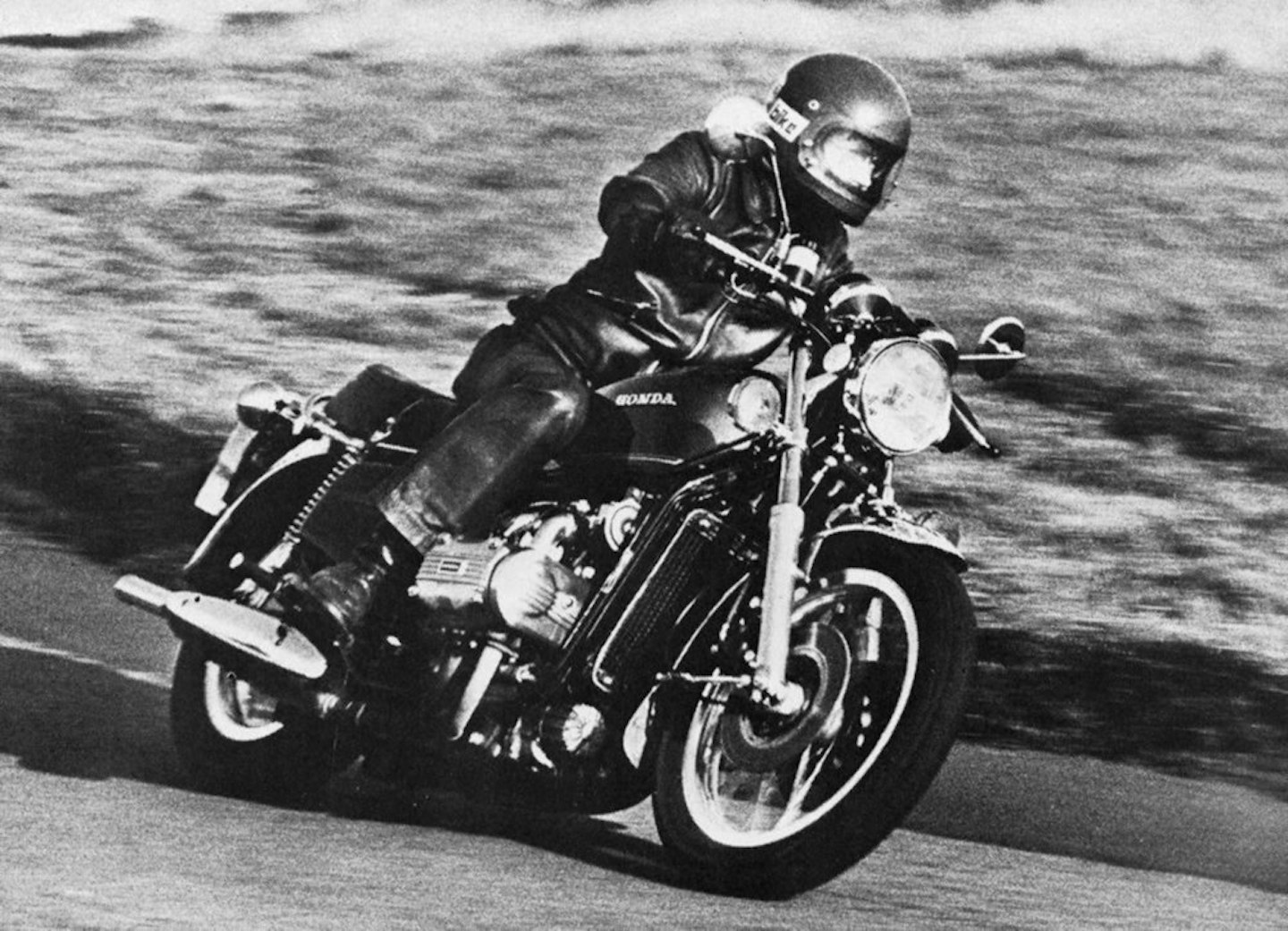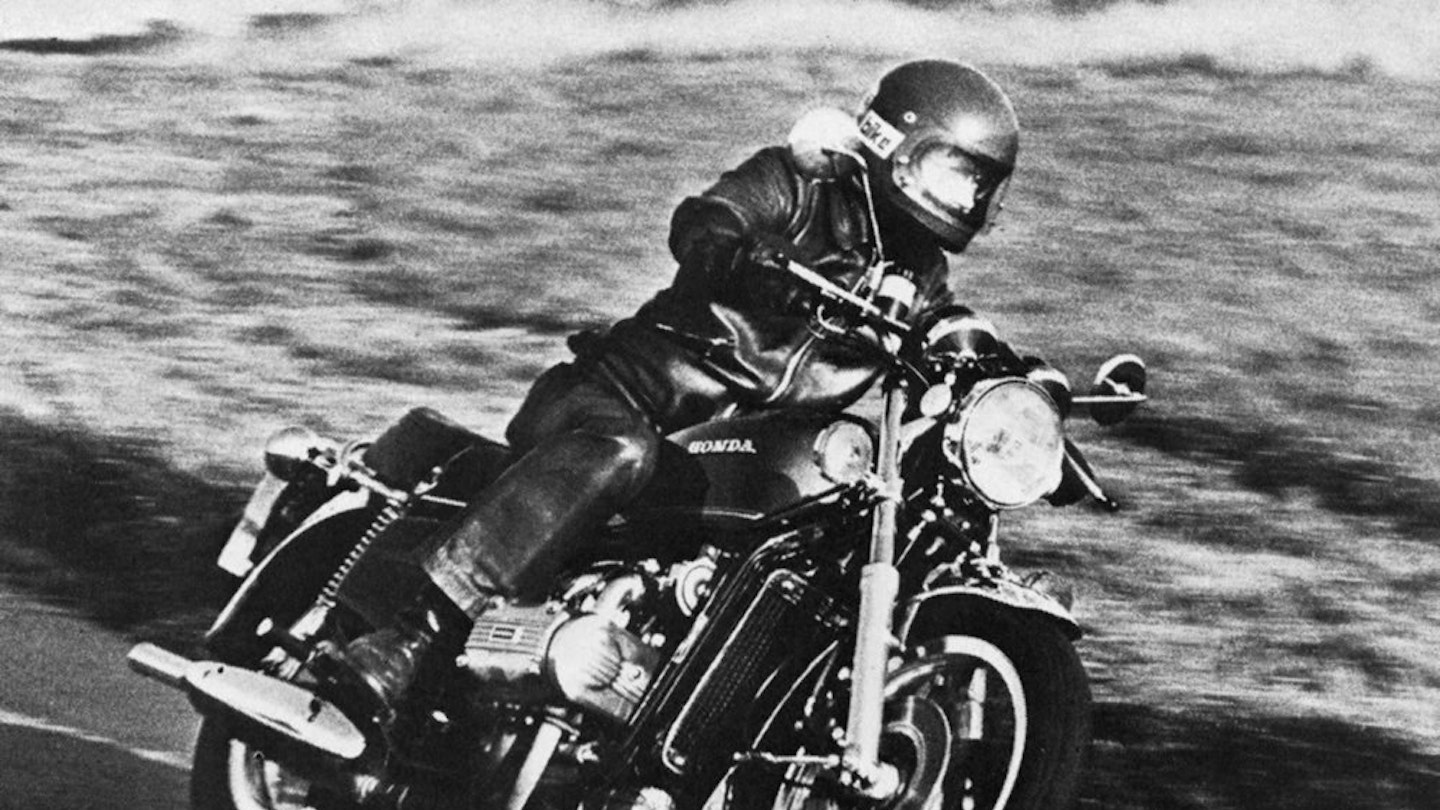
Neil McCallum’s letter (A Triple Dose of Mythology, CB November) questioned the credibility of road tests in the 1970s. Neil, your comments are pertinent, but I was mocking the overblown myths that have grown up about the alleged dangers of riding the 500s and 750s, not the accuracy of the road tests of the period.
When Bike magazine headlined Martin Harrison’s now-famous test of an early 500 with the phrase ‘The Fastest Camel in the World’, they were right – the H1 was a camel, in motorcycling vernacular. When John Nutting wrote that: ‘the KH400 is the best triple because it has adequate power and good handling,’ he was right. When Harrison said he could cruise at 90-95mph on a 250cc Kawasaki S1 he was right (it was probably a true 83-85mph, allowing for the always-optimistic speedometers of the day).
The key question is: can you trust those road tests and their performance figures? Because what do most people do when they consider buying a classic bike (or any motorcycle, for that matter)? They check the original road tests to find out how it went, and what it was like to ride. So if you can’t rely on those tests, a key element of your buying information would be knocked from under you.
I tell you now – you can trust them. I’ve worked with (and learnt from) some of the best road testers of the era, including Martin Hodder, Bill Haylock, Peter Watson, Graham Sanderson, Tim Thompson, Phil West and Simon Hargreaves. Some are still writing today. And contemporary testers such as Adam Child and Michael Neeves on MCN just blow my mind with their skill and courage on road bikes that will do up to 200mph.
What is a road test for? And how did we conduct them? I told my crew on Bike they must be conscious that someone might blow their hard-earned money on a bike as a result of what they wrote.
Secondly, we had to discard our personal prejudices and preferences. Haylock, for example, would happily have spent all his days running around on Italian singles and V-twins, but could be objective when he assessed radically different concepts such as a Honda CB400 four, or a 250cc MZ. In my own case, I preferred four-strokes to two-strokes – I felt their engine braking could balance a bike perfectly for everyday road riding, often on wet or slimy surfaces. But I could appreciate the stunning technical leap made by Suzuki’s 250cc Super Six, or the all-round capability of Yamaha’s RD400.
We also reviewed bikes for what they were designed for, not how they rated as scratchers’ toys. So that 250cc MZ would be accepted as very much a capable and economical working bike with a 60-65mph cruising lick, rather than an anti-climax after the searing speed of quarter-litre rivals from Japan.

Scepticism about road test ethics is a perennial misconception – and Nicksy should know...
The performance figures in the publications that I worked on were all accurately timed, unless you see the caveat (est). Initially we used the Norwich Straight at Snetterton for speed testing, which required a monumental effort through the preceding Sears and Riches corners to achieve a good exit velocity. We had to set the lights up as closely as possible to the hairpin, and by the time road bikes were getting capable of 120mph top speeds, we were running out of road.
Then we struck bliss – the abandoned, huge Fulbeck airfield in Lincolnshire. It was there we recorded the then-fastest-ever speed achieved by a road bike, the near- 140mph clocked by a Laverda Jota.
It wasn’t just about speed testing. We also rode them the way someone who’d actually paid money for the bike would do. In the dry and the wet, and all the way through the winter (we had pages to fill).
We were never subjected to outside pressures. Even when Honda complained about Haylock’s massive slagging of the Gold Whale, our company’s boss – one Robin Miller, a former road tester himself – just informed us of Honda’s whinge and let us get on with the job. So Neil, and readers – you can trust these tests.
